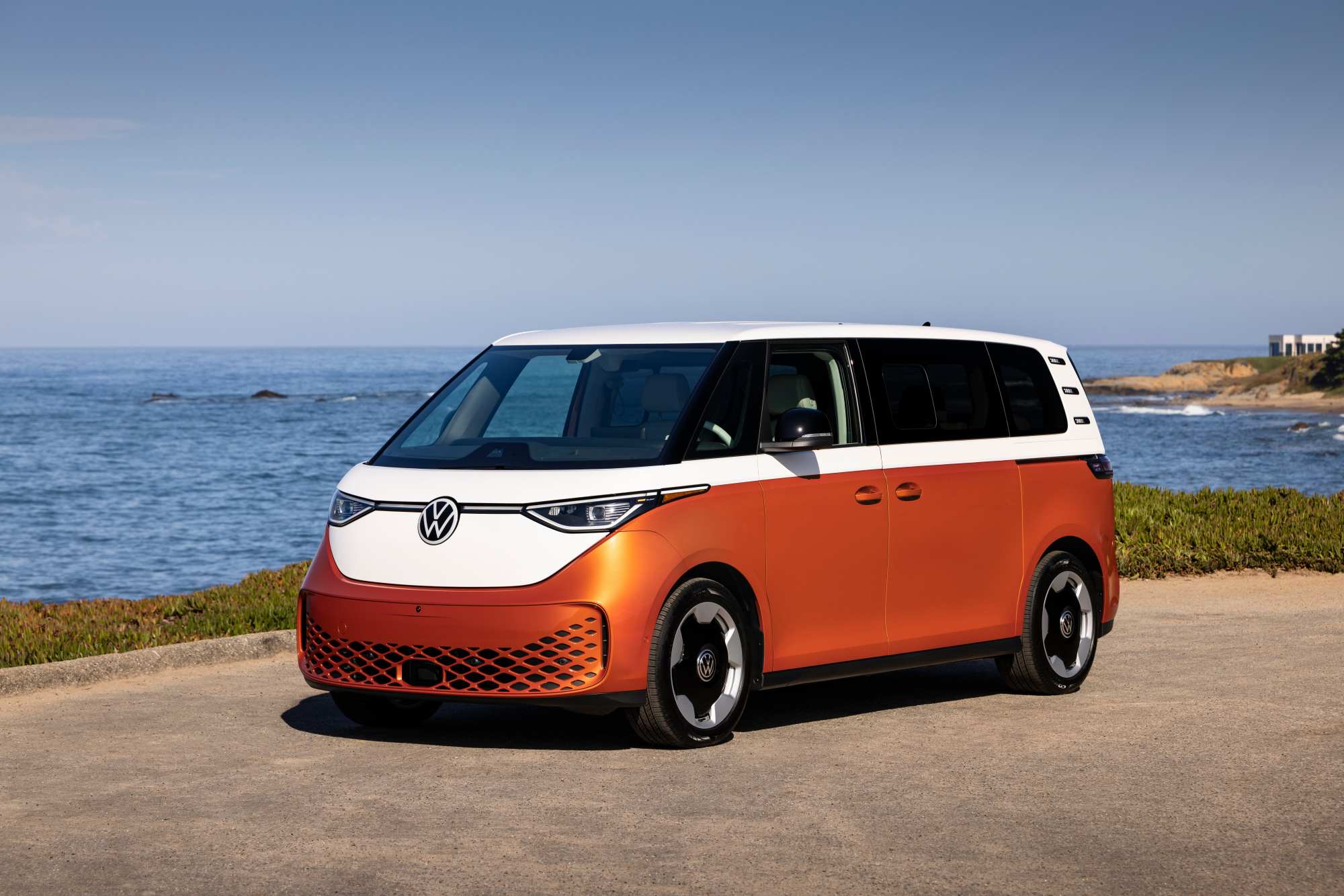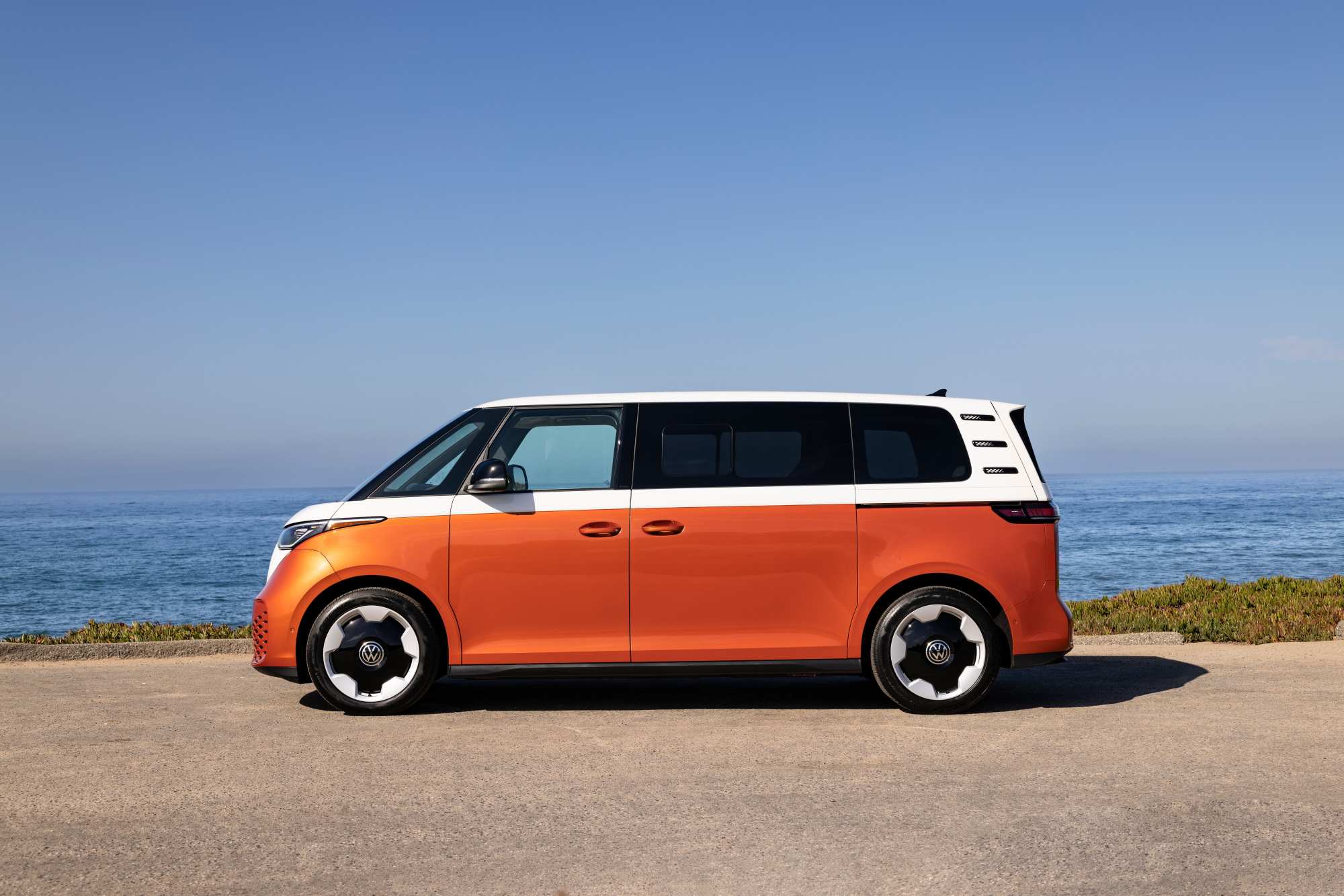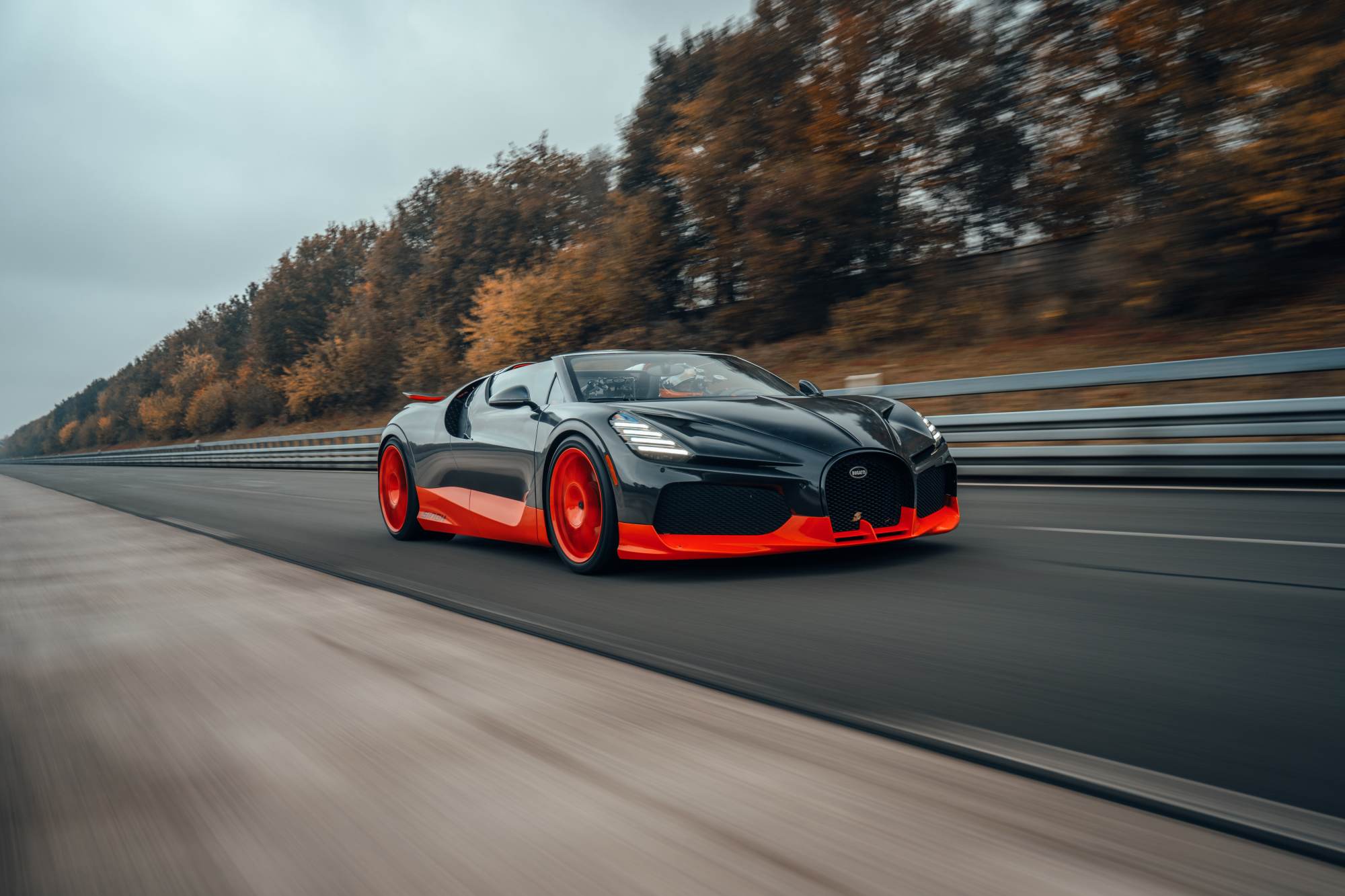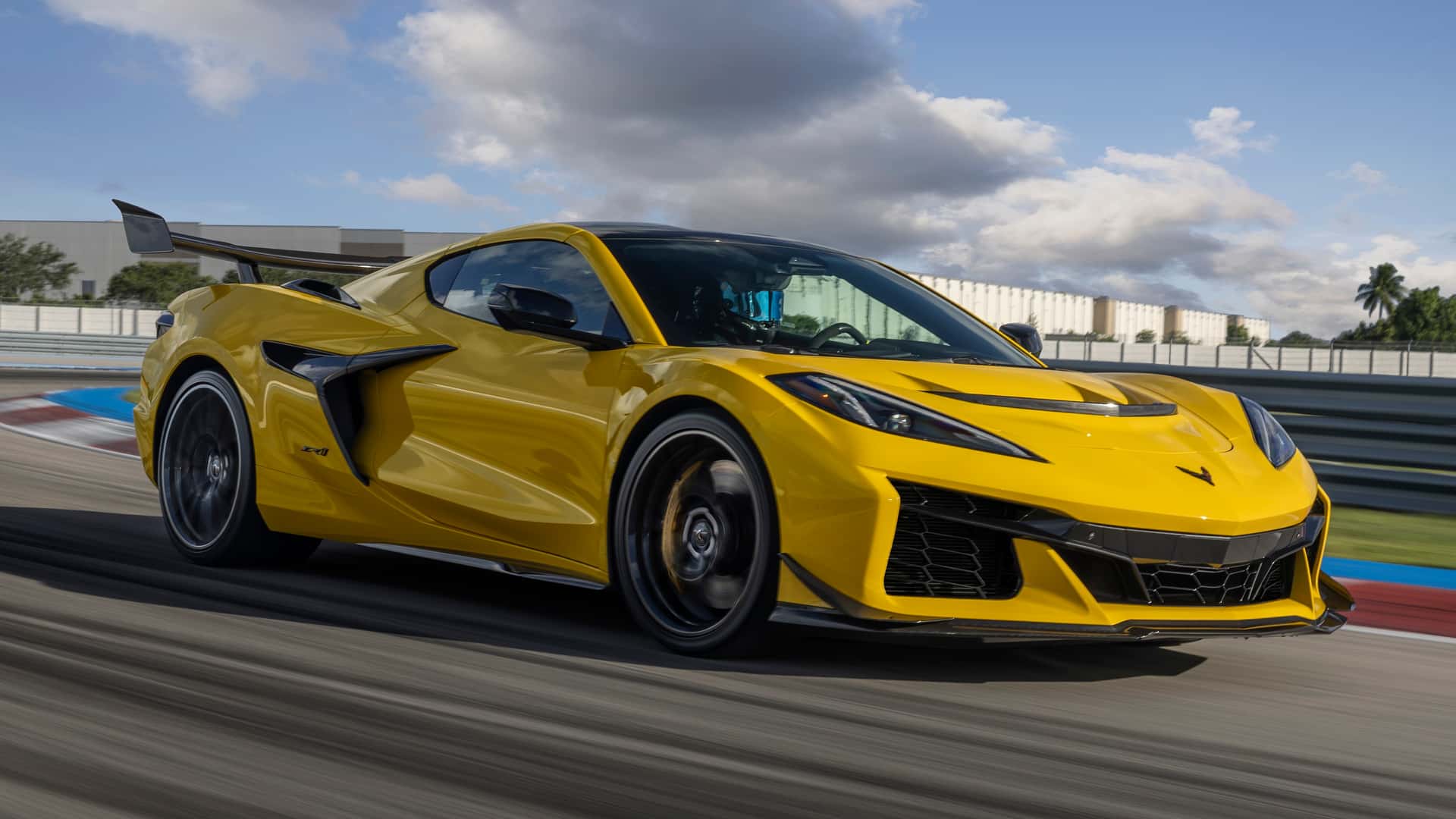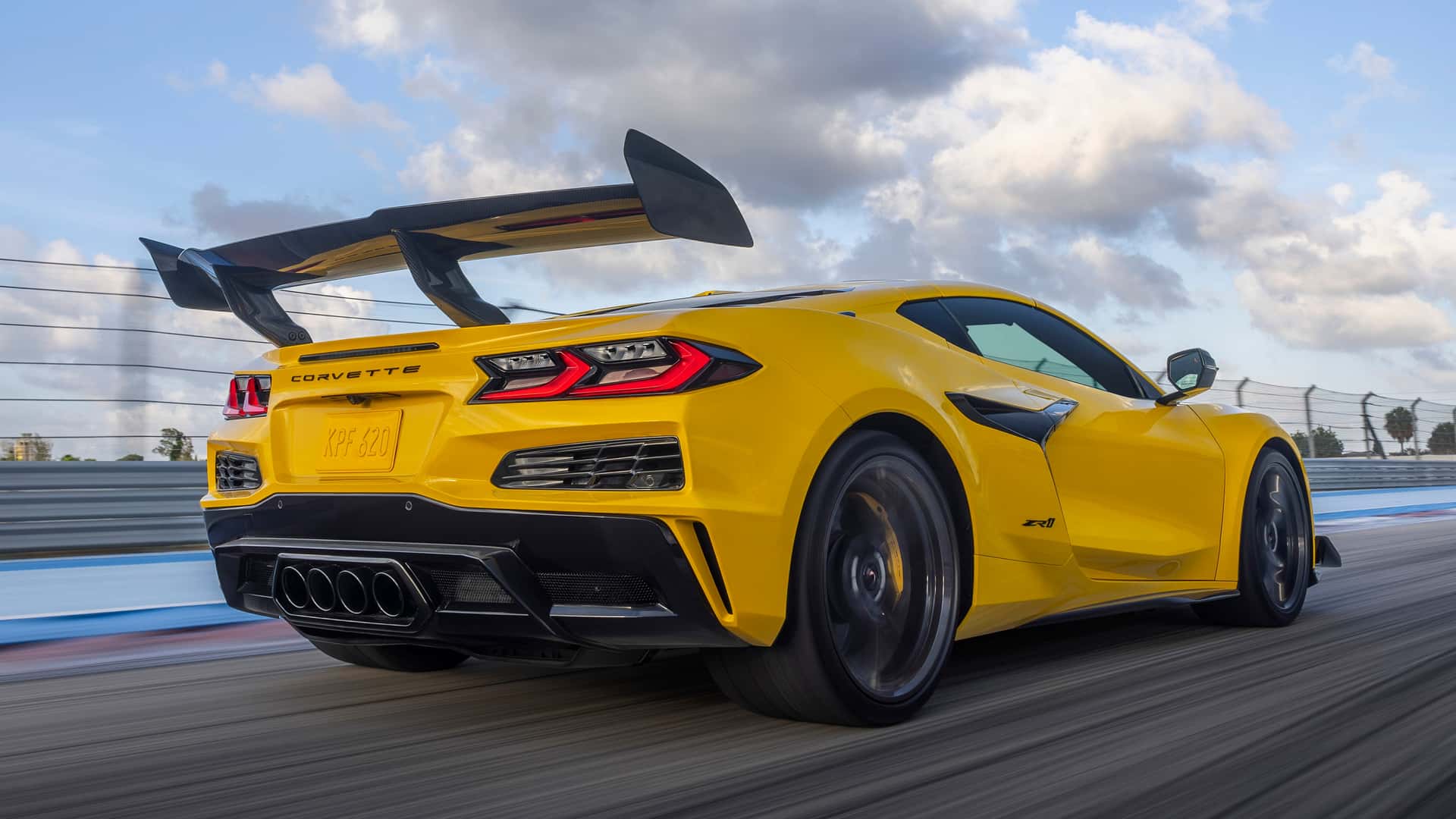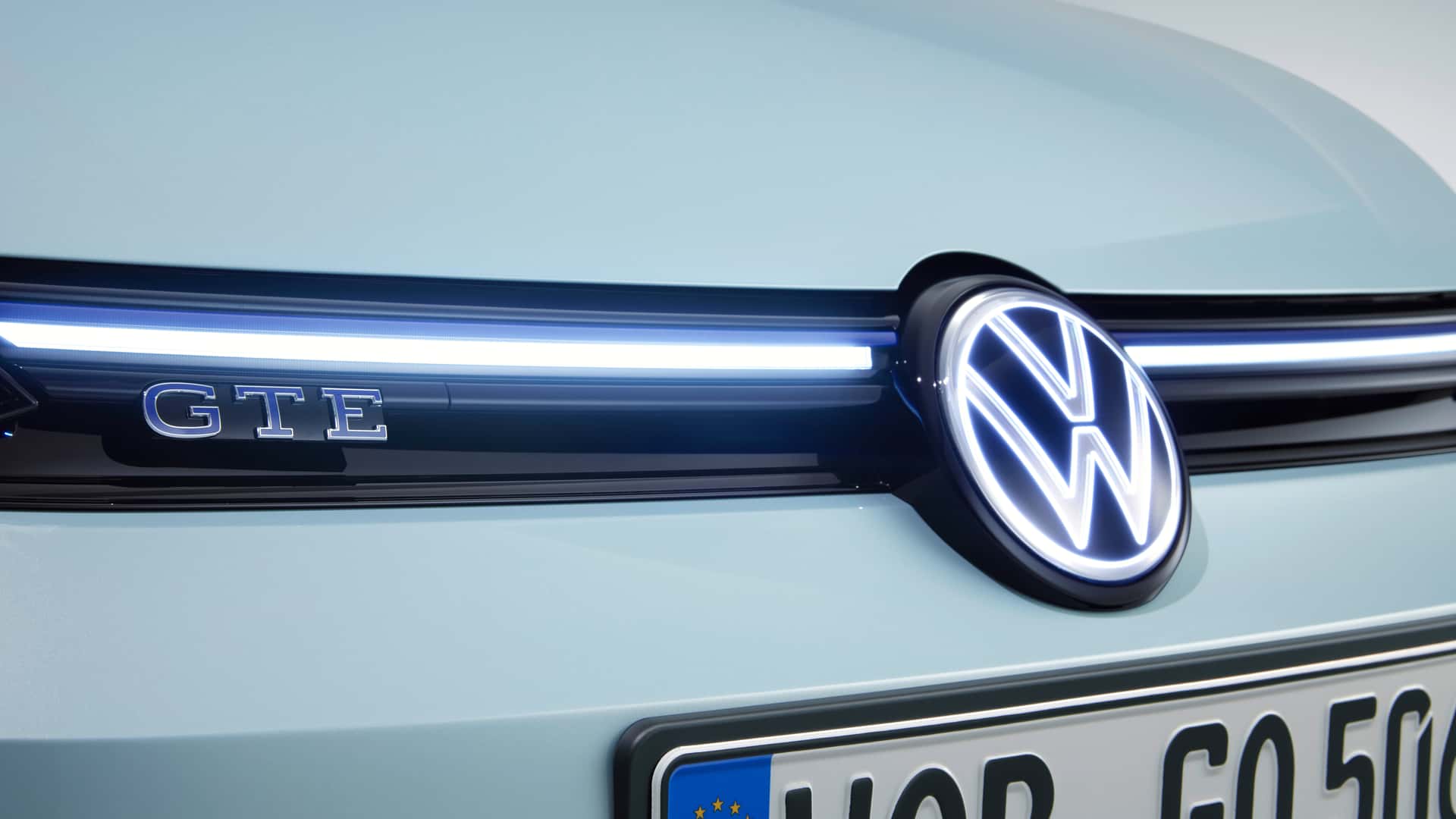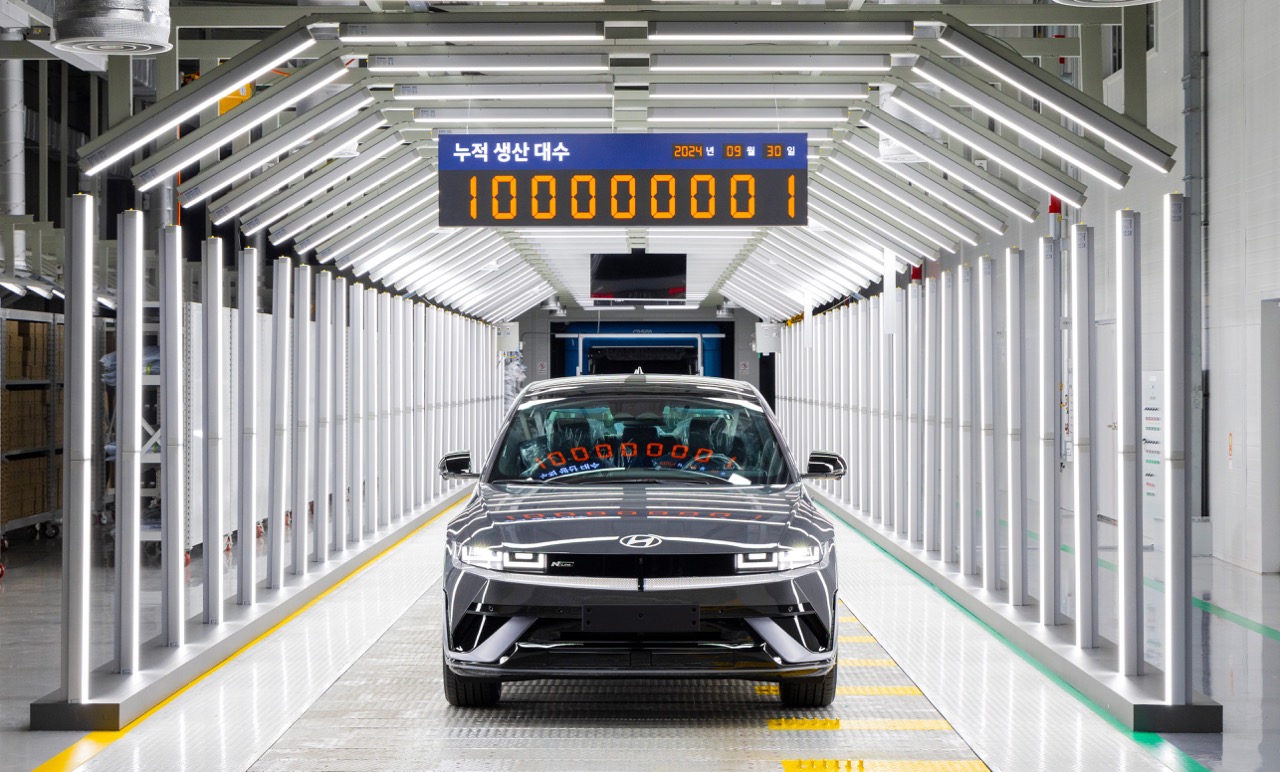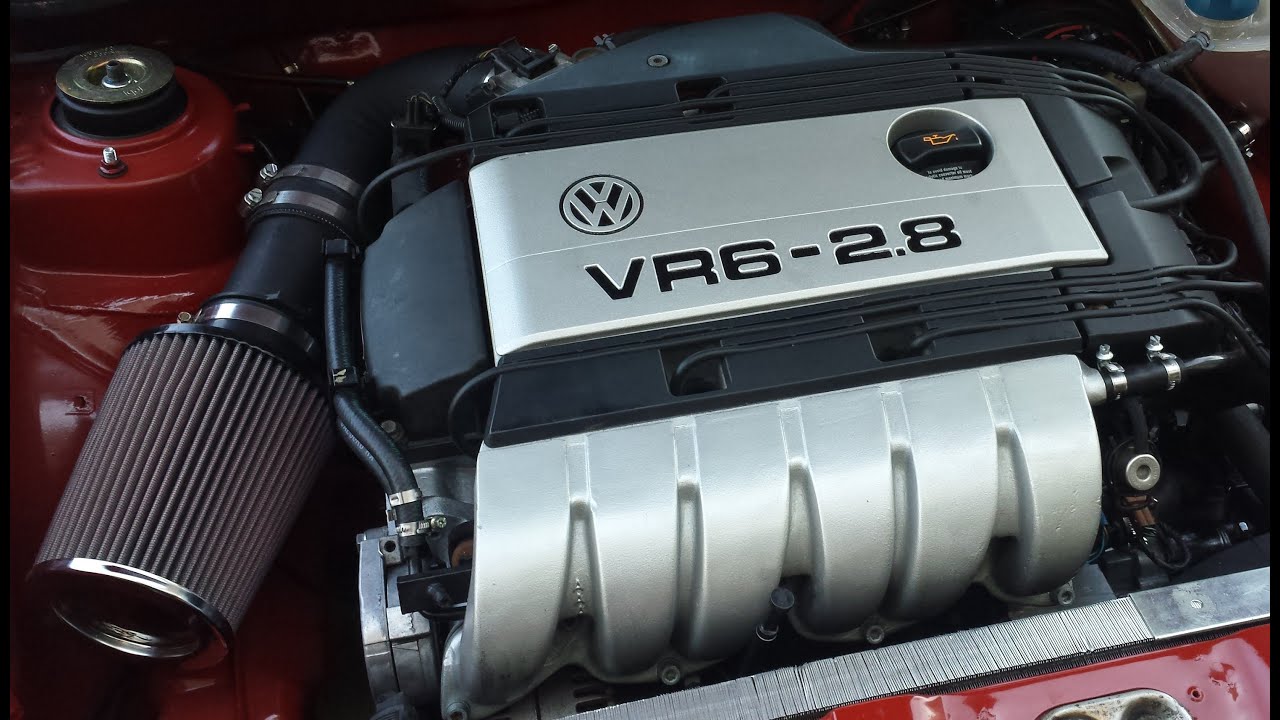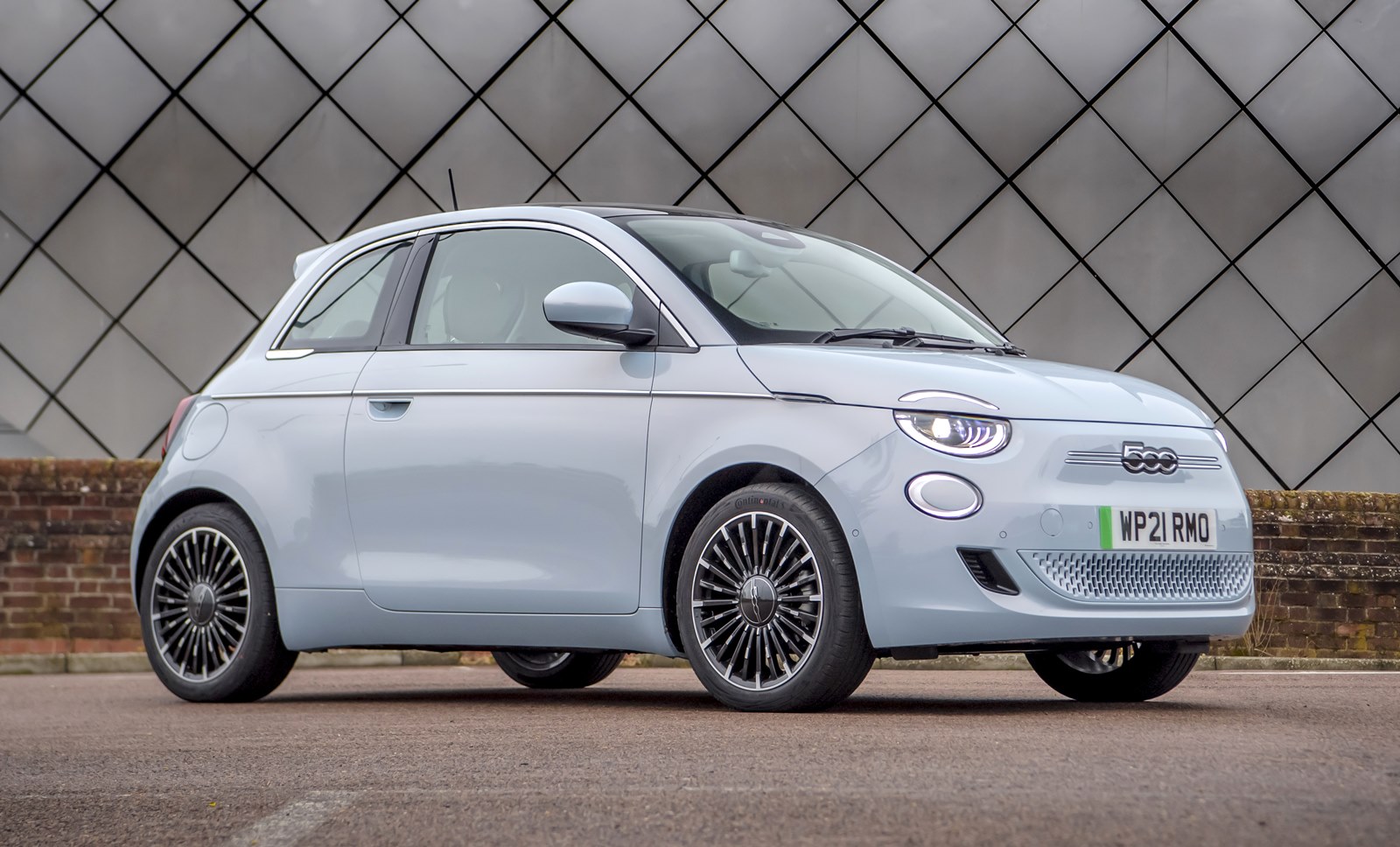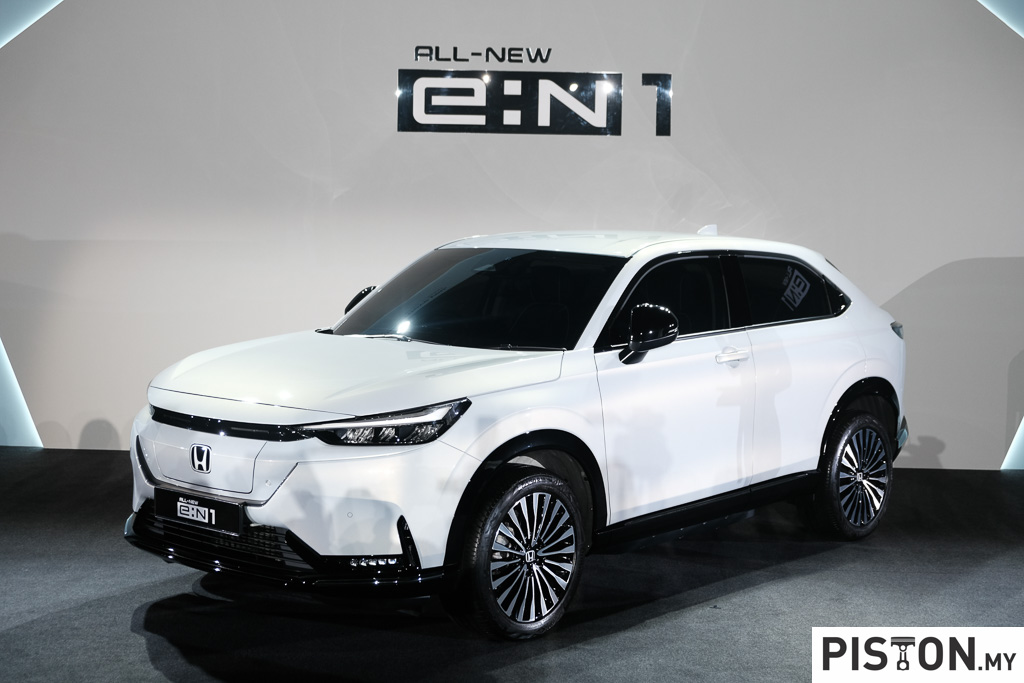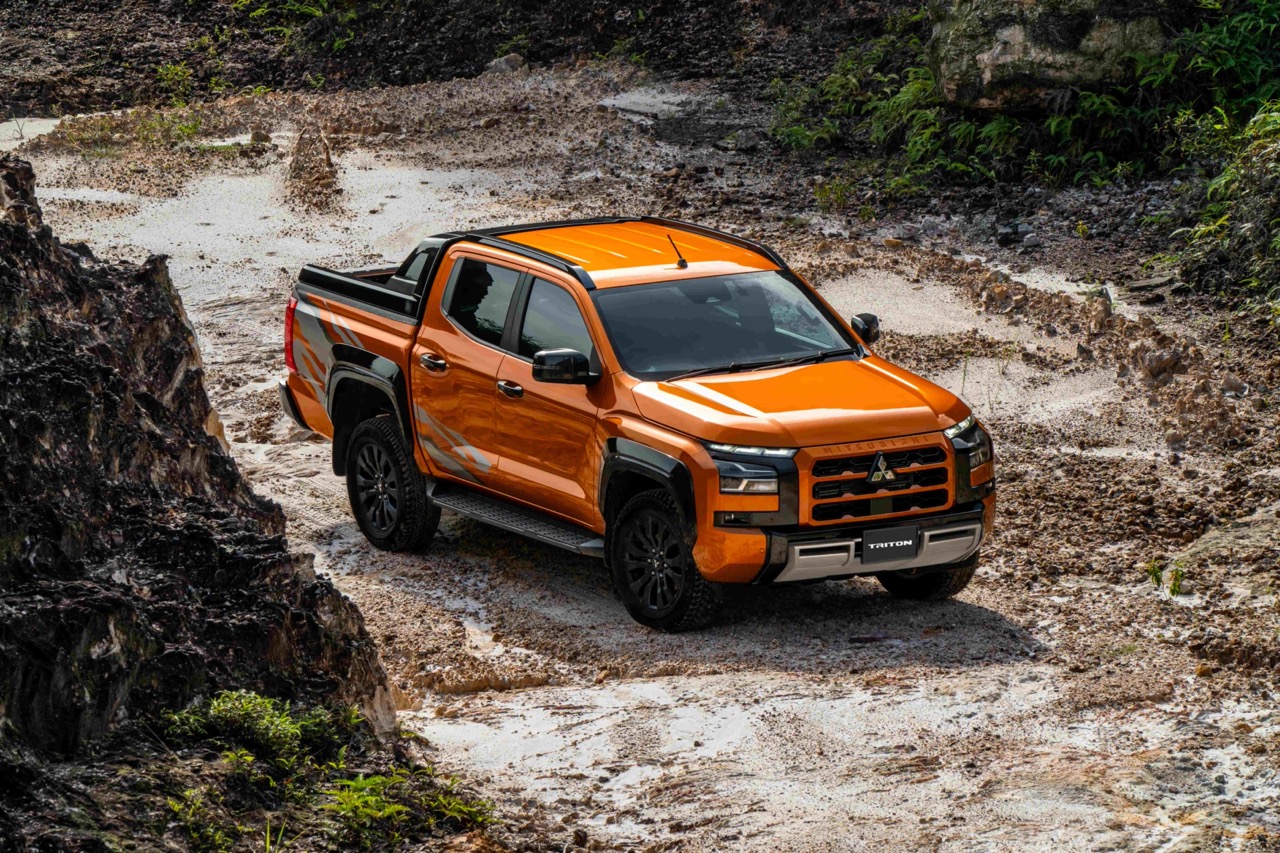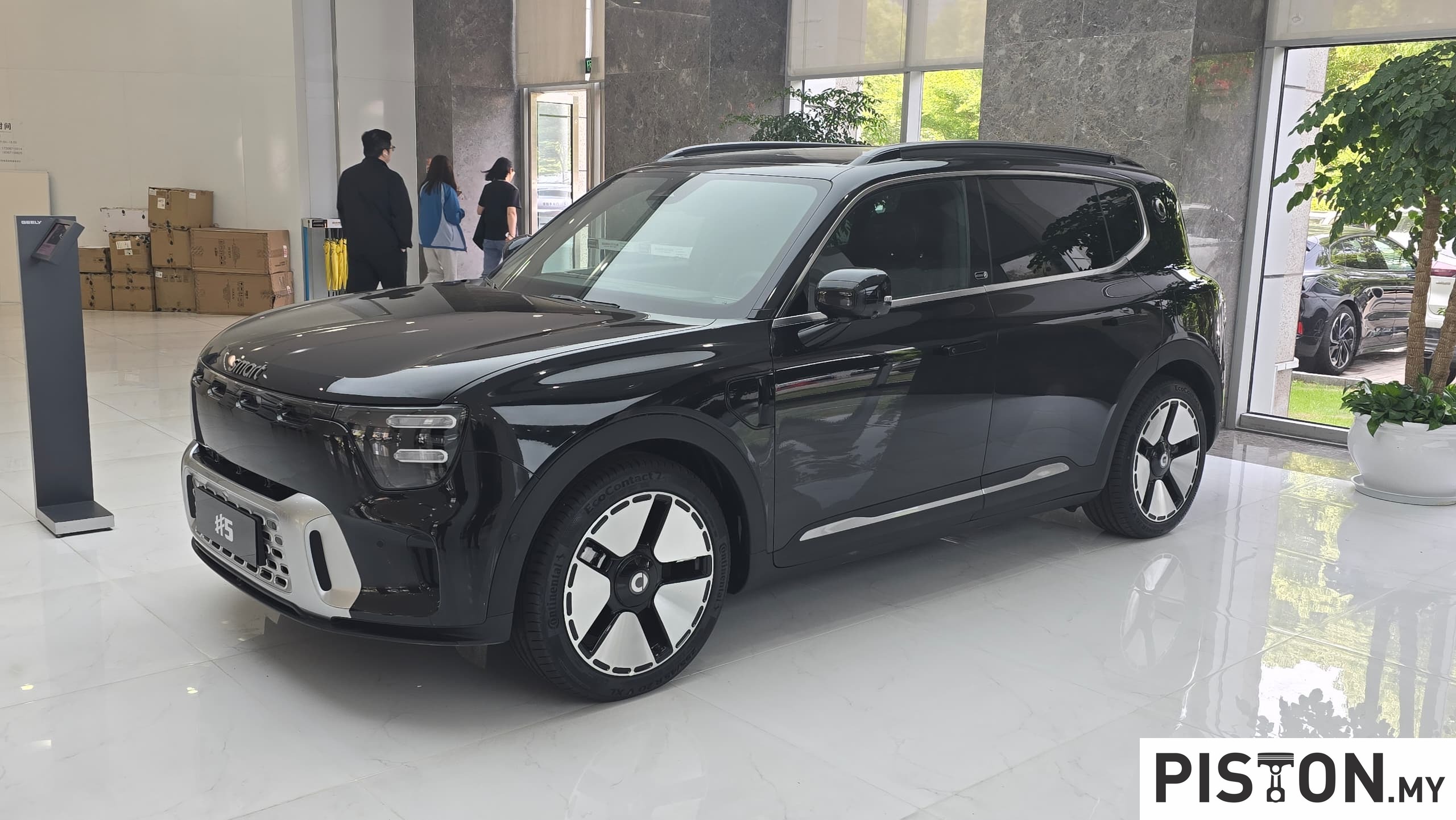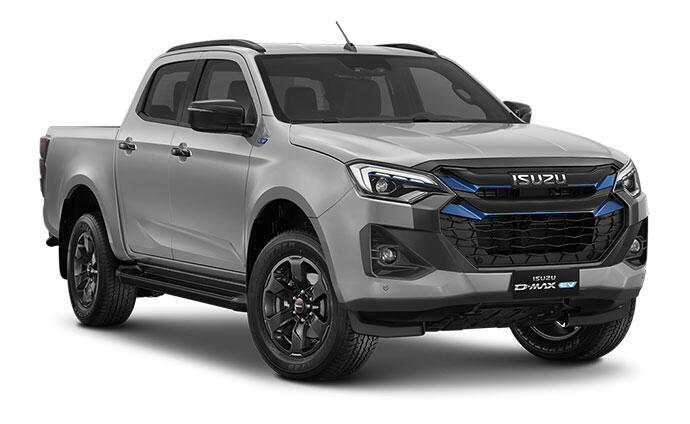Volkswagen is grappling with financial challenges, recently negotiating with striking workers over the potential closure of three German production facilities. Meanwhile, Audi, part of the Volkswagen Group, has announced the closure of its Brussels, Belgium factory by 28 February 2025, ending production of the Audi Q8 e-tron and its Sportback sibling.
The Audi Q8 e-tron’s Journey
Initially launched as the Audi e-tron in 2019, the model was rebranded as the Q8 e-tron in 2024. The electric luxury SUV received a refresh in 2022, but its production is now set to be short-lived. The Brussels facility, which has operated since 1949 and employs around 3,000 people, can produce up to 120,000 vehicles annually, though only 49,001 Q8 e-trons were sold in 2023.
Gerd Walker, Audi’s head of production, called the decision to close the factory “the toughest decision of my professional career.”





